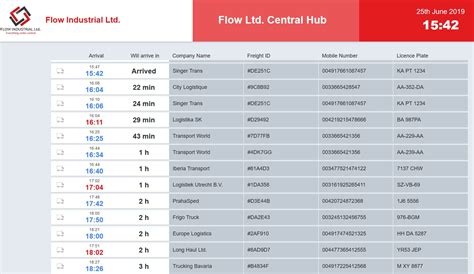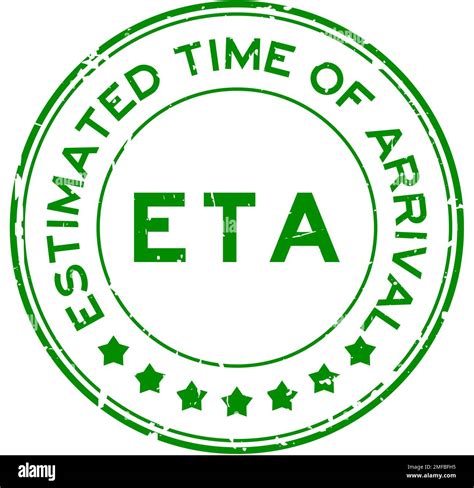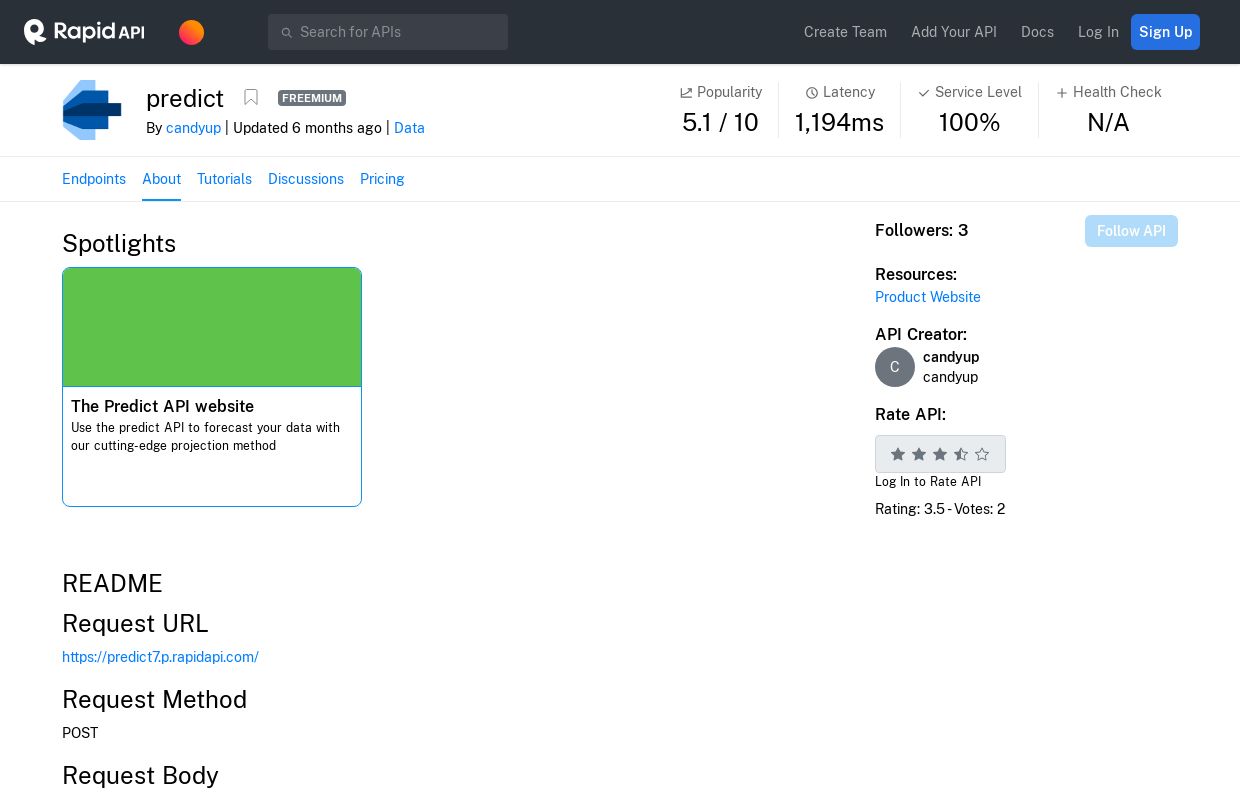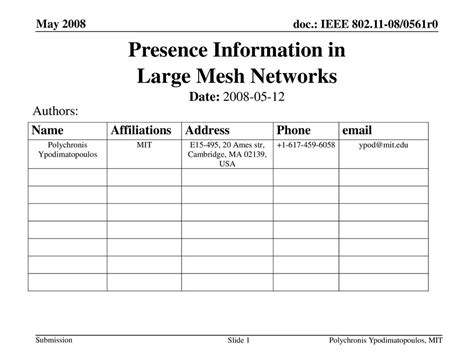Estimate Time Arrival

In the fast-paced world of logistics and transportation, the concept of Estimating Time of Arrival (ETA) has become increasingly crucial. With the rise of just-in-time inventory management and the demand for efficient delivery systems, businesses and individuals alike rely on accurate ETA calculations to optimize their operations and plan their schedules effectively.
ETA estimation is not merely about predicting the time a shipment or vehicle will reach its destination. It involves a complex interplay of various factors, from traffic conditions and route optimization to real-time data analysis and predictive modeling. In this comprehensive article, we will delve into the intricacies of ETA estimation, exploring the methods, technologies, and challenges associated with this vital aspect of modern logistics.
The Significance of Accurate ETA Estimation

Accurate ETA estimation is the cornerstone of efficient supply chain management. It allows businesses to make informed decisions, allocate resources effectively, and meet customer expectations. Whether it's a cargo ship sailing across the ocean or a delivery truck navigating city streets, precise ETA calculations ensure that operations run smoothly and on schedule.
For consumers, knowing the estimated time of arrival provides convenience and peace of mind. It enables them to plan their day, coordinate deliveries with other activities, and avoid unnecessary waiting. In today's e-commerce-driven world, where consumers expect near-instant gratification, ETA accuracy has become a key differentiator for businesses, influencing customer satisfaction and loyalty.
Factors Influencing ETA Calculations

Estimating the time of arrival is a complex task that takes into account numerous variables. These factors can be broadly categorized into two main groups: fixed factors and dynamic factors.
Fixed Factors
Fixed factors are those that remain relatively constant throughout the journey and can be accurately predicted. They include the following:
- Distance: The physical distance between the origin and destination is a fundamental factor in ETA calculations. It forms the basis for estimating the time required to cover the route.
- Average Speed: The average speed at which the vehicle or shipment is expected to travel is another critical fixed factor. This can be determined based on the type of transportation, road conditions, and historical data.
- Mode of Transport: Different modes of transport, such as air, sea, rail, or road, have varying speeds and capabilities. The choice of transport mode significantly impacts the estimated time of arrival.
Dynamic Factors
Dynamic factors, on the other hand, are those that can change rapidly and unpredictably during the journey. These factors introduce uncertainty into ETA calculations and require continuous monitoring and adjustment.
- Traffic Conditions: Traffic congestion, accidents, and road closures can significantly impact the time taken to reach a destination. Real-time traffic data and predictive analytics are essential to account for these dynamic changes.
- Weather Conditions: Adverse weather, such as heavy rain, snow, or strong winds, can slow down transportation and affect ETA. Access to accurate weather forecasts and real-time updates is crucial for dynamic ETA adjustments.
- Vehicle Performance: The performance of the vehicle or transport equipment can vary due to factors like mechanical issues, fuel efficiency, or driver behavior. Regular maintenance and performance monitoring are necessary to ensure accurate ETA calculations.
Methods and Technologies for ETA Estimation
Various methods and technologies are employed to estimate the time of arrival accurately. These techniques have evolved over time, leveraging advancements in data analytics, machine learning, and real-time tracking systems.
Historical Data Analysis
One of the traditional methods for ETA estimation involves analyzing historical data. By studying past journeys along the same route, businesses can establish average travel times and identify patterns. This approach is particularly useful for routes with consistent traffic and weather conditions.
However, historical data analysis has its limitations. It fails to account for dynamic factors and may not reflect real-time changes in traffic or weather. Nonetheless, it serves as a solid foundation for more advanced ETA estimation techniques.
Real-Time Tracking and GPS
The advent of Global Positioning System (GPS) technology has revolutionized ETA estimation. GPS devices installed in vehicles or cargo provide real-time location data, allowing for precise tracking of their movements. This data, combined with historical information and predictive models, enables more accurate ETA calculations.
Real-time tracking systems continuously monitor the vehicle's position, speed, and direction, providing up-to-date information on its progress. This data is then fed into ETA estimation algorithms, which can dynamically adjust the estimated time of arrival based on the vehicle's actual performance.
Predictive Analytics and Machine Learning
Predictive analytics and machine learning techniques have taken ETA estimation to new heights. By leveraging vast amounts of data and advanced algorithms, these technologies can make accurate predictions about future travel times.
Machine learning models are trained on historical data, including traffic patterns, weather conditions, and other dynamic factors. These models learn from past experiences and can adapt to changing circumstances, improving their accuracy over time. They can identify complex relationships and patterns that may not be apparent through traditional analysis.
Additionally, predictive analytics utilizes real-time data from various sources, such as traffic cameras, weather stations, and social media, to make informed predictions about ETA. By combining historical trends with real-time information, these systems can provide highly accurate estimates, even in dynamic and unpredictable environments.
Challenges and Future Implications
While ETA estimation has come a long way, several challenges remain. One of the primary issues is the accuracy and reliability of real-time data. Inadequate infrastructure, such as limited GPS coverage or unreliable internet connectivity, can hinder the collection of precise location and traffic information.
Moreover, the dynamic nature of transportation systems poses a significant challenge. Traffic congestion, unexpected events, and changing weather conditions can introduce uncertainties that are difficult to predict accurately. Even with advanced technologies, there is always a margin of error in ETA calculations.
Despite these challenges, the future of ETA estimation looks promising. Continued advancements in technology, such as the integration of 5G networks and the Internet of Things (IoT), will enhance data collection and real-time tracking capabilities. Machine learning algorithms will become more sophisticated, enabling even more accurate predictions.
Furthermore, the concept of predictive logistics is gaining traction, where ETA estimation is just one aspect of a broader predictive approach to supply chain management. By leveraging advanced analytics and real-time data, businesses can optimize their entire logistics operations, from route planning to inventory management, resulting in significant cost savings and improved customer satisfaction.
Case Study: The Impact of Accurate ETA Estimation

To illustrate the significance of accurate ETA estimation, let's consider a case study involving a major e-commerce company, X-Mart.
X-Mart operates a vast delivery network, serving customers across multiple countries. In the past, they relied on traditional methods for ETA estimation, which often resulted in delays and disappointed customers. Packages would arrive hours or even days later than expected, leading to a decline in customer satisfaction and increased operational costs.
Recognizing the need for improvement, X-Mart invested in a state-of-the-art ETA estimation system. They implemented real-time tracking technologies, integrated advanced predictive analytics, and collaborated with weather forecasting agencies to obtain accurate real-time data.
The results were remarkable. With their new ETA estimation system, X-Mart achieved an average accuracy of 95% in predicting delivery times. This level of precision allowed them to provide customers with reliable and up-to-date information about their orders. Customers could plan their schedules, receive packages at their convenience, and even adjust their orders based on the estimated arrival time.
Moreover, X-Mart experienced significant operational benefits. By optimizing their delivery routes and allocating resources more efficiently, they reduced transportation costs and improved overall logistics efficiency. The accurate ETA estimates also helped in better warehouse management, as inventory could be allocated more effectively based on expected delivery times.
The success of X-Mart's ETA estimation system demonstrates the power of accurate predictions in logistics. It not only enhances customer satisfaction but also drives operational excellence, resulting in a competitive advantage in the e-commerce industry.
Conclusion
Estimating the time of arrival is a critical aspect of modern logistics and transportation management. Accurate ETA calculations enable businesses to optimize their operations, meet customer expectations, and drive efficiency. With the continuous advancement of technologies and data analytics, ETA estimation is becoming increasingly precise and reliable.
As we move forward, the challenges of dynamic factors and data accuracy will continue to be addressed, paving the way for even more accurate ETA predictions. The integration of predictive analytics and real-time tracking systems will revolutionize logistics, leading to a future where supply chains are seamlessly optimized, and customers receive their orders with unparalleled precision and convenience.
Frequently Asked Questions
How does ETA estimation impact supply chain management?
+Accurate ETA estimation plays a vital role in supply chain management by enabling efficient resource allocation, optimizing delivery routes, and improving overall logistics performance. It helps businesses make informed decisions, reduce costs, and meet customer expectations.
What are the key factors that influence ETA calculations?
+ETA calculations are influenced by a combination of fixed factors (distance, average speed, mode of transport) and dynamic factors (traffic conditions, weather, vehicle performance). These factors must be continuously monitored and adjusted to ensure accurate estimates.
How does machine learning improve ETA estimation accuracy?
+Machine learning enhances ETA estimation by analyzing vast amounts of historical and real-time data. These algorithms can identify complex patterns and relationships, adapt to changing circumstances, and make accurate predictions about future travel times, resulting in improved accuracy over traditional methods.
What are the challenges in achieving highly accurate ETA estimates?
+Achieving highly accurate ETA estimates is challenging due to the dynamic nature of transportation systems and the limitations of real-time data collection. Unpredictable events, limited infrastructure, and changing weather conditions can introduce uncertainties that are difficult to account for.
How can businesses benefit from accurate ETA estimation in the long term?
+Accurate ETA estimation offers long-term benefits to businesses by improving customer satisfaction, reducing operational costs, and enhancing overall logistics efficiency. It enables businesses to optimize their supply chain operations, make data-driven decisions, and stay competitive in the market.



